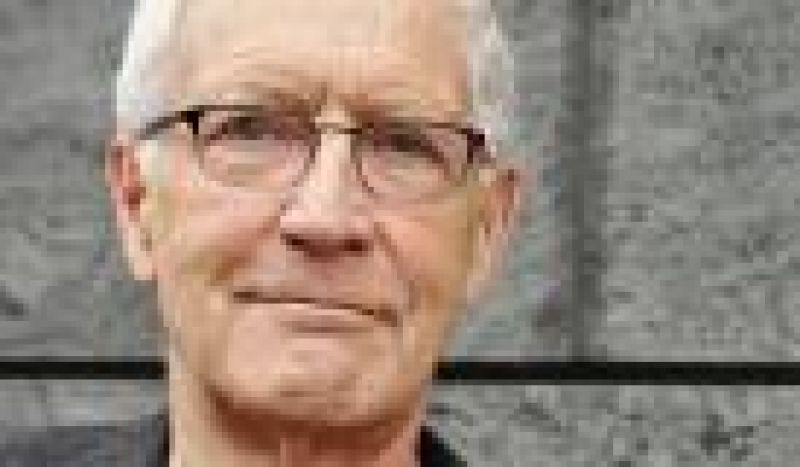
Peter Lewis
Geschichte des englischen Kulturradios

Geschichte des englischen Kulturradios. Von Peter Lewis: From the earliest days of broadcasting and for a long time afterwards the BBC’s radio drama was tied by an umbilical cord to the tradition and the conventions of theatre. There were exceptions, like Sieveking’s Kaleidoscope in 1927, but the output mainly consisted of adaptations of stage plays or of novels. This was in marked contrast to German radio in the same period when the new medium attracted the interest of outstanding writers, like Berthold Brecht and Walter Benjamin. In pre-war Britain, the most interesting work came from the BBC’s North Region where producers like Harding, Bridson and Olive Shapley tried to bring the voices of working class people to the microphone in a documentary style which was largely studio based. The difficulty of working with the ponderous technology then available led to an impressive collaboration between producers, writers, composers, actors, musicians and the technical staff responsible for creating ‘sound effects’. Script writers would reproduce, either from recordings, research or their own imagination, the speech of their subjects, while actors would speak their lines. Music, much of it specially composed, played its part in the development of the genre, as did poets like Louis MacNeice and Dylan Thomas, often lifting the narration to a declamatory level. And it was this British version of the radio feature that delivered morale-boosting programmes during the war on the national network, the Home Service. After the war, it was in the Features Department that experimentation was encouraged, and the BBC’s launch of the Third Programme in 1946 created added space for development. This was the period in which the BBC’s radio features reputation was established among European broadcasters - a Golden Age if you like. And what exactly was the Golden Age recipe? In the words of Douglas Cleverdon, producer of Dylan Thomas’s Under Milk Wood, "a radio feature …can combine any sound elements – words, music, sound effects –in any form or mixture of forms – documentary, actuality, dramatized, poetic; musico-dramatic. It has no rules determining what can or cannot be done. Although it may be a dramatic form, it has no need of a dramatic plot." Notice the word ‘actuality’. In British broadcasting shorthand this means the capture of recorded sound on location – people talking, things happening, soundscapes – made possible at last by the arrival of the portable tape recorder, a moment that has been compared to the nineteenth century discovery of light by the camera. For the first time actuality could be captured and brought to the studio. That moment came late to the BBC, later than in France and Germany. But by the time, the late Sixties, that Cleverdon offered the definition I’ve quoted, the portable recorder had radically changed the way radio playwrights wrote dialogue. In features it meant the disappearance of the rather self-conscious dramatized, scripted passages in favour of people speaking for themselves. The Third Programme and the Home Service had been, by the end of the Sixties, succeeded by Radio 3 and Radio 4, respectively, and – to fast forward through the following decades and to make a rather sweeping generalisation– in these networks British features tended to use ordinary life and language as a metaphor for social conditions rather than adopt the ‘auteur approach’ favoured by some European and Australian programme makers. As the award-winning features producer Piers Plowright, now retired, put it to me the other day, “the BBC brought a sort of grittiness to the oyster – to the pearl of the European tradition.” Radio historian David Hendy describes Plowright, and younger colleagues such as Peter Everett and Matt Thompson, avoiding “the temptation to add layer upon layer of sound” in favour of programmes which in Matt Thompson’s phrase were “‘as transparent as a glass of water.’” The Golden Age legend does less than justice to their work and to much exciting experiment that can be found in the radio drama, features and documentary programmes of today’s Radio 3 and 4. Both networks commission from a range of independents as well as their own in house production teams. Listen out for the work of Simon Elmes, Mark Burman, Laurence Griselle and Sara Jane Hall. Find Between The Ears on Radio 3, the self-styled home of innovative feature-making. Listen this week to Open Air on Radio 4 where five artists re-interpret how broadcast space might be thought about and listened to. You will find in the BBC spaces for experiment, and perhaps also a studied prosaicness, feature makers who are less precious, more pressured. Outside the Beeb, Resonance FM , an Ofcom licensed community radio station, can afford (timewise at least) to be more relaxed: coming in May is a six part radio thriller called Dingus written by sculptor Mike Cooter, part of Derry-Londonderry City of Culture 2013. And don’t forget Resonance’s Dartington cousin, Soundart Radio. Enjoy your listening.
Englisches Kulturradio
#2239 / O-Ton / mit Geodaten / Dokublog
Kommentare
Möchten Sie einen Kommentare abgeben? Benutzern Sie Ihren Dokublog Login. Nach dem Login wird hier das Kommentarfeld angezeigt. Hier einloggen ...
